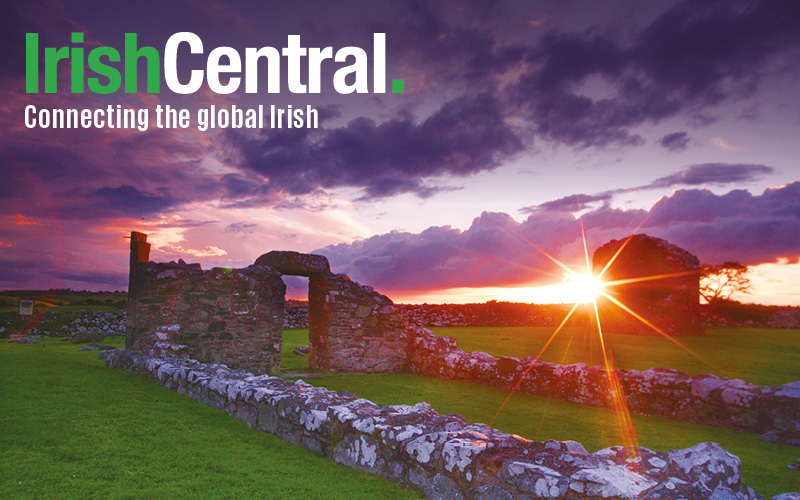An article published last week in the New York Times examines the prejudice against Travellers in Ireland, referring to the community as “the most stigmatized group in Irish society.”
On Oct 10 a fire tore through a Traveller encampment in the south Dublin suburb of Carrickmines, killing 10 people including five children and a pregnant woman. Following the tragedy, the survivors of the fire were treated with contempt by local residents when they needed to be relocated.
When the authorities attempted to set up emergency accommodations for the survivors, local residents blocked access to the proposed site, saying it was “unsuitable” and they did not believe the Travellers’ presence would be temporary. The survivors eventually moved to an isolated parking lot next to a decommissioned dump, a site that had no one living close enough to object.
Aodhan O’Riordain, the government minister with responsibility for equality, described the objections of the local residents as “indicative of a wider view throughout Irish society.”
“There are few groups within Irish society about whom people can say pretty much what they want, and often people in public life say whatever they want about Travellers and pretty much get away with it,” he said on national radio.
Travellers make up about 0.6 percent of Ireland’s population, with about 30,000 living in the country, according to the 2011 census.
The New York Times reports: “Few issues divide Irish society like attitudes toward Travellers, whose name has become a byword for criminal activity and antisocial behavior. Governments have wrestled for decades with how best to deal with them. Policies have at times included outright efforts at assimilation, but in the main, the Travellers have been regarded as a problem to be solved rather than a distinct group whose way of life should be respected.”
A fire in Ireland that left 10 people dead revived old antagonisms about Travelers, a minority group. https://t.co/z3EQeCEey6
— New York Times World (@nytimesworld) October 30, 2015
The article goes on to say: “It would appear that most people in Ireland form an image of Travellers from depictions of them as tight-knit gangsters, housebreakers and feuding thugs. They are frequently refused service in pubs, shops and hotels, though few prosecutions on charges of discrimination have been successful.”
Martin Collins, co-director of Pavee Point, a Travellers’ rights group, said: “Our community has been sickened to the pit of its stomach by the callous way the survivors have been treated over the past two weeks. There is undoubtedly deep-seated racism in Irish society to the point where it has been normalized in the Irish psyche.”
Alan Kelly, the government minister responsible for Traveller housing, called the local residents’ actions “shameful.”
In social media and various online polls, however, the neighborhood residents found plenty of support for their position. In fact, instead of garnering sympathy, the deaths from the fire seem to have “rekindled old antagonisms.”
At one of the two funerals held for the victims of the fire, The Rev. Derek Farrell, of the Parish of the Travelling People, told mourners that the community must come together to ensure these deaths mattered.
“There are important lessons to be learned. We must learn, above all, to walk in the shoes of the other if we are to develop genuinely inclusive and pluralistic societies,” he said. “Many of us in the settled community have failed to walk with empathy in the shoes of our brothers and sisters in the Traveller community.”




Comments